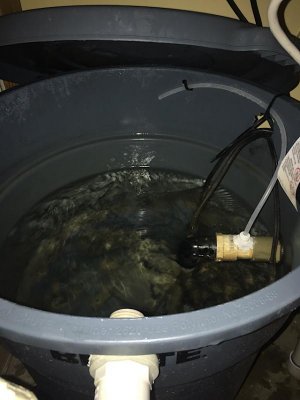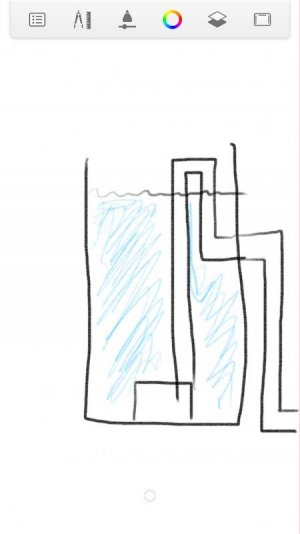Apex users I have some programming questions
On a side note, just as a matter of clean code, you don't really need the SET OFF for the Sump_Drain pump. The OSC line below it will always set the outlet to on or off so SET off will always be overridden, since lower commands win.
Additionally you don't need the FALLBACK OFF command for the virtual outlet. The fallback command tells the EB8 what state the outlet should be in if the Apex brain gets disconnected for some reason. Since the virtual outlet only exists in the apex brain and there is no physical outlet associated with it, then the fallback command will do nothing.
Having those commands there won't hurt anything, but they are extra and not necessary.
On a side note, just as a matter of clean code, you don't really need the SET OFF for the Sump_Drain pump. The OSC line below it will always set the outlet to on or off so SET off will always be overridden, since lower commands win.
Additionally you don't need the FALLBACK OFF command for the virtual outlet. The fallback command tells the EB8 what state the outlet should be in if the Apex brain gets disconnected for some reason. Since the virtual outlet only exists in the apex brain and there is no physical outlet associated with it, then the fallback command will do nothing.
Having those commands there won't hurt anything, but they are extra and not necessary.


